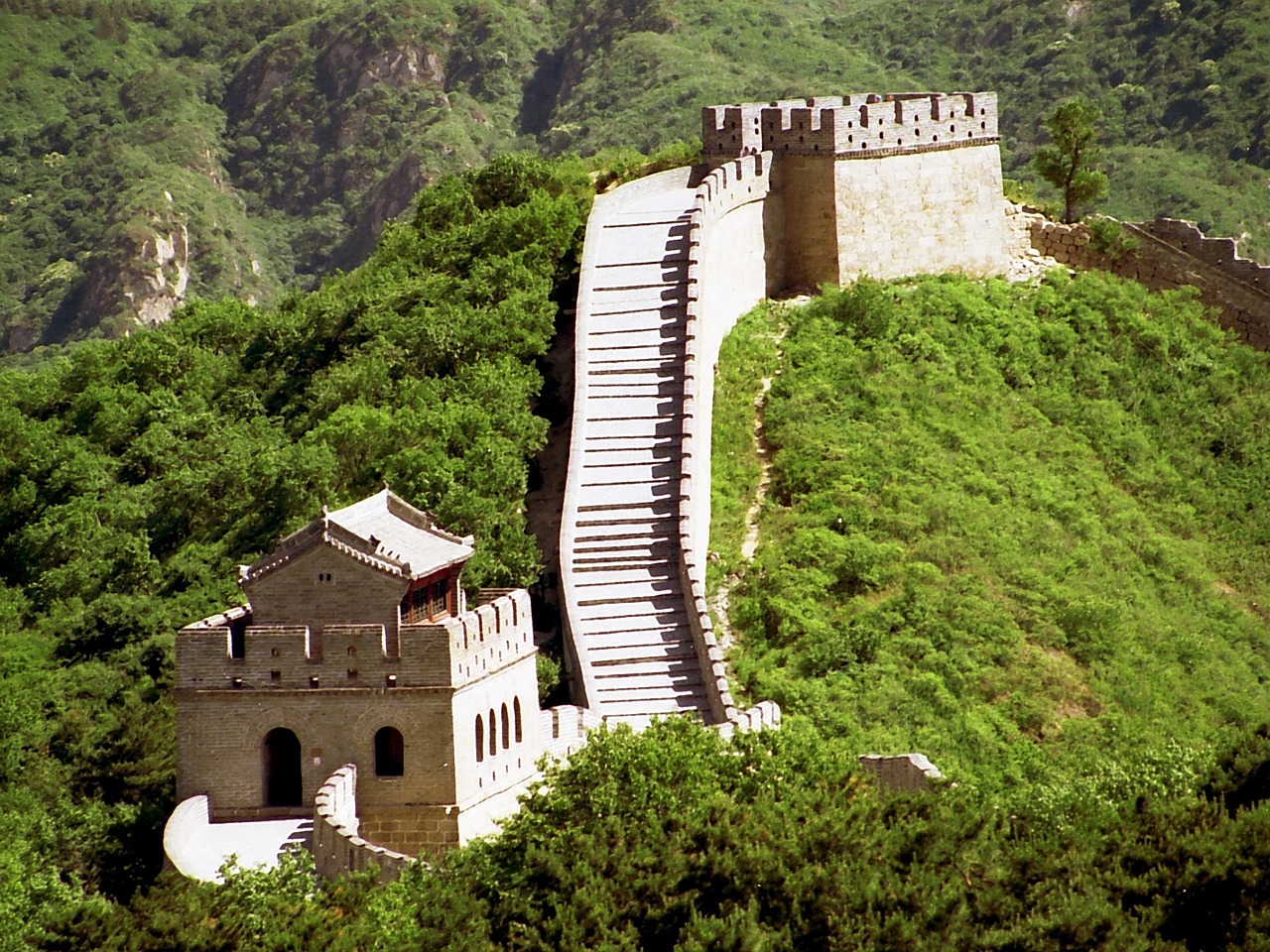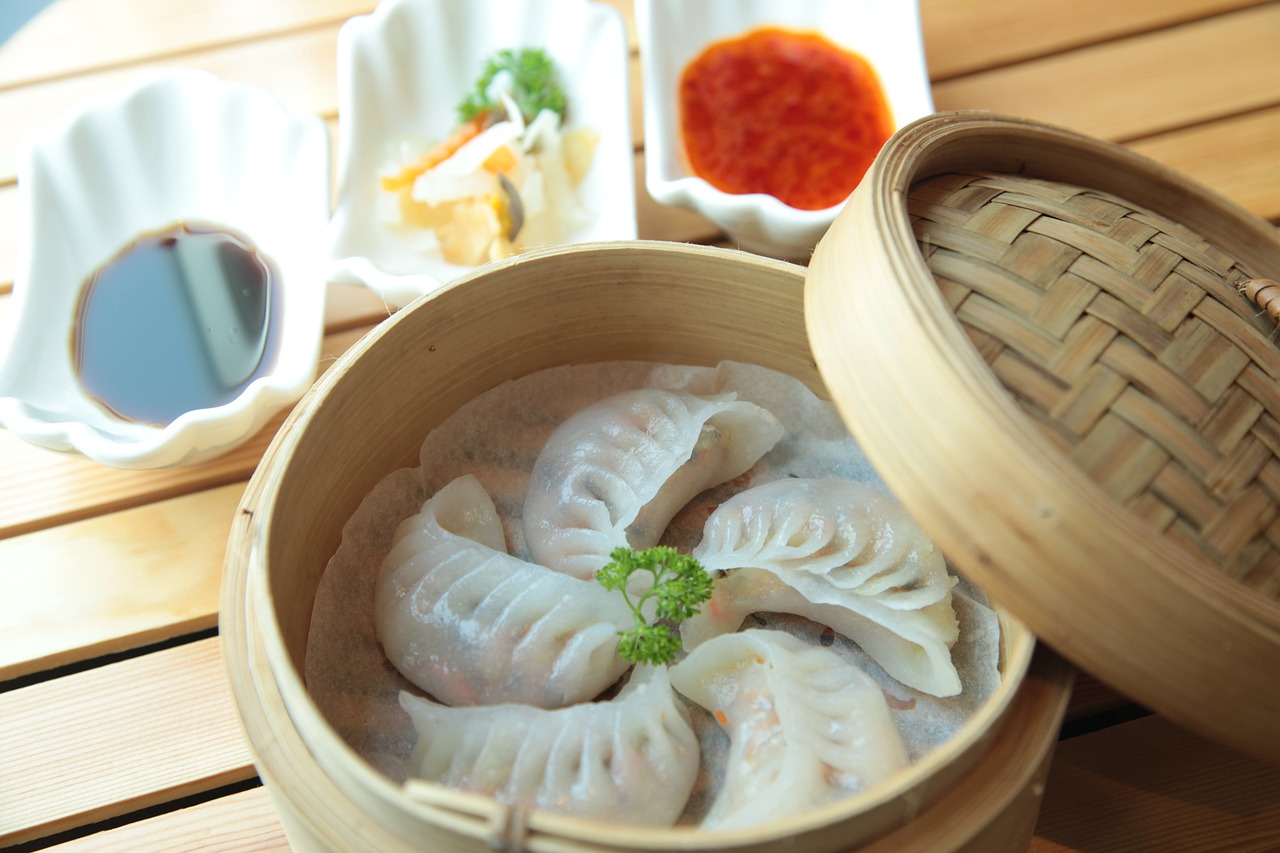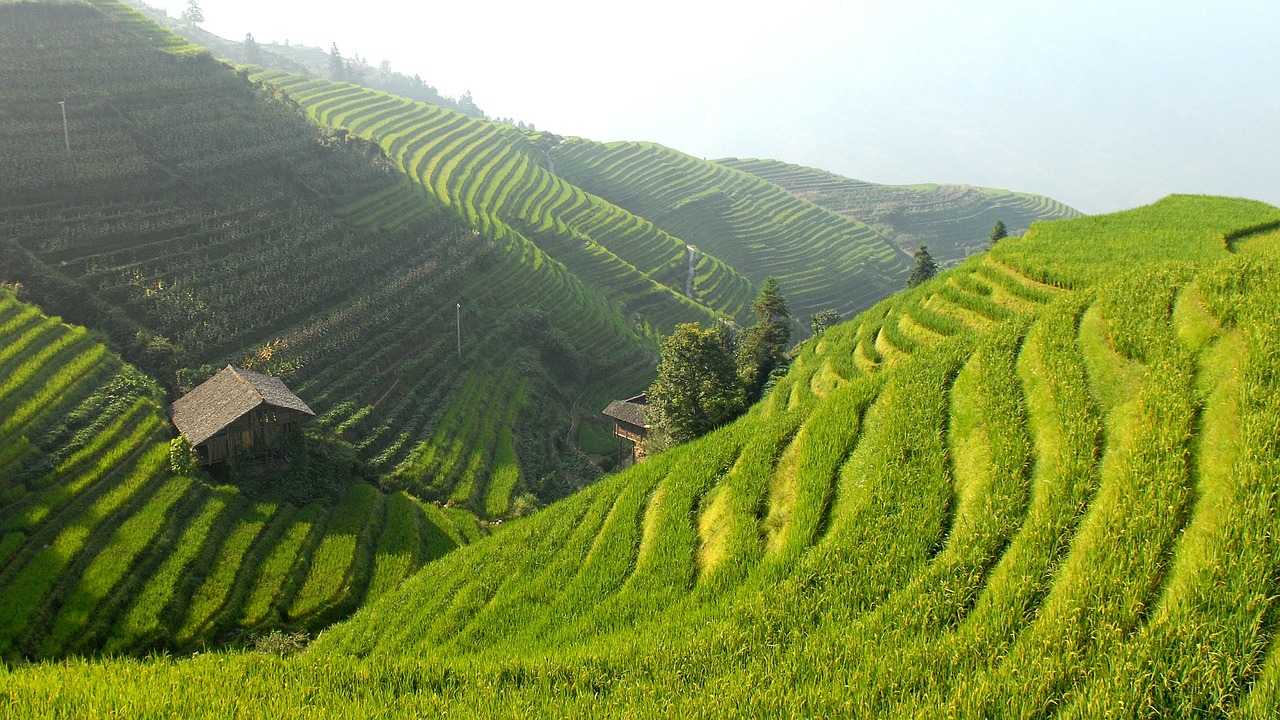Celebrating Global Festivals with Locals in China
China, with its rich cultural heritage, diverse traditions, and vibrant festivals, offers a unique opportunity for visitors to immerse themselves in the celebrations and experience the local customs firsthand. By joining the locals in China during their festive occasions, travelers can gain a deeper understanding of the country’s culture and create lasting memories. This article explores some of the prominent global festivals celebrated in China and provides insights into how tourists can actively participate and engage with the local communities.
Chinese New Year
Chinese New Year, also known as Spring Festival, is the most significant traditional holiday in China. It marks the beginning of the lunar calendar year and is celebrated with great enthusiasm and joy. The festivities usually last for 15 days, starting from the first day of the lunar month. During this time, the streets are adorned with red lanterns and decorations, and people engage in various traditional activities.
- Dragon and Lion Dances: Witness the mesmerizing dragon and lion dances, where performers dressed in colorful costumes mimic the movements of these mythical creatures. The dances are believed to bring good luck and scare away evil spirits.
- Fireworks and Firecrackers: Experience the spectacular display of fireworks and firecrackers that light up the night sky. The loud noises are believed to ward off evil spirits and bring blessings for the coming year.
- Family Reunions and Feasts: Embrace the spirit of togetherness by participating in family reunions and feasting on traditional New Year dishes. Dumplings, fish, and rice cakes are some of the must-have delicacies during this festive season.
The dragon and lion dances are performed by trained troupes who showcase their skills in synchronized movements and acrobatics. The rhythmic beating of drums and cymbals adds to the festive atmosphere.
Many cities in China organize grand fireworks shows, attracting both locals and tourists. It’s a sight to behold as the sky is filled with vibrant colors and dazzling patterns.
Chinese families gather to celebrate the New Year, exchanging gifts and sharing a lavish meal. It’s a time for loved ones to come together and strengthen their bonds.
Mid-Autumn Festival
The Mid-Autumn Festival, also known as the Moon Festival, is a time when families gather to appreciate the beauty of the full moon and enjoy mooncakes. This festival falls on the 15th day of the eighth lunar month, usually in September or October. It has a deep cultural significance and is celebrated with various customs and traditions.
- Mooncake Making: Engage in the art of making mooncakes, a traditional pastry filled with sweet or savory fillings. Participating in the process allows you to understand the intricacies of this culinary tradition.
- Moon Gazing: Find a tranquil spot under the moonlit sky and appreciate the beauty of the full moon. The serene ambiance creates a perfect setting for reflection and relaxation.
- Lantern Displays: Marvel at the intricate lantern displays that illuminate the streets and parks during the festival. Lanterns of various shapes and sizes, depicting traditional symbols and characters, create a magical atmosphere.
During the Mid-Autumn Festival, families often come together to make mooncakes at home. It’s an opportunity to bond with loved ones and learn the secrets of creating these delectable treats.
Many parks and gardens in China organize moon gazing events during the Mid-Autumn Festival. It’s a serene experience that allows you to connect with nature and appreciate the celestial wonders.
Large-scale lantern exhibitions are held in several cities, showcasing stunning artworks and designs. It’s a visual feast that showcases the creativity and craftsmanship of local artisans.
Dragon Boat Festival
The Dragon Boat Festival, also known as Duanwu Festival, is celebrated on the fifth day of the fifth lunar month, usually in June. This festival commemorates the ancient poet Qu Yuan and involves dragon boat races, zongzi (sticky rice dumplings), and the hanging of medicinal herbs.
- Dragon Boat Races: Participate in or witness the exciting dragon boat races, where teams paddle vigorously to the beat of drums. The races are held in rivers, lakes, and even open seas, attracting both participants and spectators.
- Zongzi Making: Learn the art of making zongzi, pyramid-shaped sticky rice dumplings wrapped in bamboo leaves. This culinary tradition has been passed down through generations and is an integral part of the Dragon Boat Festival.
- Hanging Medicinal Herbs: Witness the practice of hanging bundles of medicinal herbs, such as Artemisia leaves, on doors and windows. This is done to ward off evil spirits and protect against diseases.
Dragon boat racing is a thrilling sport that requires teamwork, strength, and precision. Joining a team allows you to experience the adrenaline rush and camaraderie associated with this traditional activity.
Many households and communities organize zongzi-making workshops, where you can learn the techniques and fillings used in this traditional delicacy. It’s a hands-on experience that connects you with the local culinary heritage.
During the Dragon Boat Festival, you’ll come across homes and businesses adorned with bundles of aromatic herbs. It’s a fascinating custom that reflects the Chinese belief in the power of herbal remedies.
China Image 1:

Harbin Ice and Snow Festival
The Harbin Ice and Snow Festival is a winter extravaganza held in Harbin, a city in northeastern China. It showcases breathtaking ice sculptures, snow sculptures, and various winter activities. The festival attracts millions of visitors from around the world.
- Ice Sculpture Exhibitions: Marvel at the intricate ice sculptures displayed in large exhibition areas. These sculptures, created by talented artists, depict famous landmarks, mythical creatures, and intricate designs.
- Snow Sculpture Competitions: Witness the creativity and skill of artists as they transform blocks of snow into awe-inspiring sculptures. The snow sculpture competitions attract participants from different countries, showcasing a diverse range of artistic styles.
- Winter Activities: Engage in various winter activities, such as ice skating, sledding, and ice fishing. These activities allow you to embrace the winter wonderland and enjoy the festive spirit.
The ice sculptures are illuminated with colorful lights, creating a surreal ambiance. Walking through the exhibition area feels like stepping into a magical ice kingdom.
Visitors can stroll through the snow sculpture park, admiring the intricate details and impressive scale of the artworks. It’s a celebration of winter artistry at its finest.
Harbin offers a range of winter activities for all ages and skill levels. Whether you’re a novice or an experienced winter enthusiast, there’s something for everyone to enjoy.
Chinese Lantern Festival
The Chinese Lantern Festival, also known as Yuanxiao Festival, marks the end of the Chinese New Year celebrations. It falls on the 15th day of the first lunar month and is characterized by the display of colorful lanterns, lantern riddles, and lion dances.
- Lantern Displays: Admire the stunning lantern displays that illuminate parks, streets, and temples during the festival. Intricately designed lanterns, in various shapes and sizes, create a mesmerizing visual spectacle.
- Lantern Riddles: Challenge your wit by solving lantern riddles attached to the lanterns. These riddles, written in poetic form, test your knowledge and add an element of fun to the festival.
- Lion Dances: Witness the lively lion dances performed during the Lantern Festival. The lion dance is believed to bring good luck and chase away evil spirits.
Walking through the lantern-lit streets is a magical experience, with each lantern telling a unique story or representing a traditional symbol. It’s a feast for the eyes and a celebration of Chinese craftsmanship.
Many lantern exhibitions organize riddle-solving competitions, encouraging visitors to engage in a playful intellectual pursuit. It’s a delightful way to immerse yourself in the festive atmosphere and interact with the locals.
The lion dancers, dressed in vibrant costumes, showcase their agility and coordination as they mimic the movements of the lion. The rhythmic beating of drums and cymbals adds to the festive energy.
China Image 2:

Qingming Festival
The Qingming Festival, also known as Tomb-Sweeping Day, is a time for paying respects to ancestors and enjoying the arrival of spring. It usually falls on April 4th or 5th and involves activities such as tomb sweeping, flying kites, and enjoying outdoor picnics.
- Tomb Sweeping: Participate in the tradition of tomb sweeping, where families visit the graves of their ancestors to clean and tidy them. It’s a way of honoring and remembering loved ones who have passed away.
- Kite Flying: Fly colorful kites in open fields or designated kite-flying areas. Kite flying is believed to bring good luck and drive away evil spirits.
- Outdoor Picnics: Enjoy outdoor picnics with family and friends, surrounded by the beauty of nature in its springtime glory. It’s a time to relax, appreciate the blooming flowers, and savor traditional Qingming Festival delicacies.
During the Qingming Festival, cemeteries are filled with families paying their respects, offering flowers, and burning incense. It’s a solemn yet meaningful occasion that reflects the importance of family and ancestry.
Qingming Festival is a popular time for kite enthusiasts to showcase their skills and creativity. The skies are filled with vibrant kites of various shapes and sizes, creating a festive atmosphere.
Parks and scenic spots become popular picnic destinations during the Qingming Festival. Families gather to enjoy delicious food, play games, and embrace the joys of spring.
Dragon Boat Festival Image:

References
- wikipedia.org
- chinahighlights.com
- travelchinaguide.com
- harbinice.com
- chinesenewyear.net


